Buttonbush Tree Cephalanthus occidentalis – Bareroot Deciduous Shrub
Original price was: $65.99.$37.99Current price is: $37.99.
Receive 1 bareroot Buttonbush tree (Cephalanthus occidentalis), a deciduous shrub native to North America. Known for its unique spherical flower heads and wildlife attraction.
Estimated arrival
Nov 20
Nov 25 - Nov 27
Nov 30 - Dec 04
Reasonable Price
We offer reasonable price

Support 24/7
Contact us 24 hrs a day

100% Money Back
You've 30 days to Return

Payment Secure
100% secure payment
Buttonbush Tree: A Wildlife-Friendly Native Shrub
The Buttonbush tree, scientifically known as Cephalanthus occidentalis, is a fantastic choice for gardeners looking to attract pollinators and add unique beauty to their landscape. This deciduous shrub is native to North America and thrives in moist environments, making it an excellent option for rain gardens or areas with consistently wet soil. With its distinctive spherical flower heads and attractive foliage, the Buttonbush offers year-round visual interest and ecological benefits. The buttonbush tree is easy to grow and maintain, making it a popular choice for both beginner and experienced gardeners.
Appearance and Growth: Buttonbush typically grows as a multi-stemmed shrub, reaching heights of 6 to 12 feet. It can also be trained into a small tree. Its glossy green leaves turn a beautiful yellow in the fall. The most striking feature is its spherical flower heads, which bloom in late spring to early summer. These creamy-white flowers attract bees, butterflies, and hummingbirds. Following the bloom, small, round fruit clusters develop, providing food for birds and other wildlife throughout the fall and winter.
Planting and Care: Buttonbush thrives in moist to wet soil and prefers full to partial sunlight. It is adaptable to various soil types, including clay, loam, and sandy soils. When planting, amend the soil with organic matter to improve moisture retention. Water regularly, especially during dry periods, to keep the soil consistently moist. Minimal pruning is required; simply remove any dead or damaged branches in late winter or early spring.
Benefits of Planting Buttonbush: Planting a Cephalanthus occidentalis offers numerous benefits. It attracts a wide variety of pollinators, supporting local ecosystems. Its tolerance of wet conditions makes it ideal for areas prone to flooding or poor drainage. The Buttonbush also provides food and shelter for birds and other wildlife. The native shrub is also relatively low-maintenance once established, making it an easy addition to any garden.
The Buttonbush tree, also known as Cephalanthus occidentalis, is more than just a plant; it’s an investment in a thriving ecosystem. Its unique beauty, ecological benefits, and adaptability make it a must-have for any gardener looking to create a vibrant and sustainable landscape. Add this eye-catching, wildlife-friendly shrub to your garden today and enjoy its beauty for years to come.
Frequently Asked Questions
- How big will the Buttonbush tree get? Typically, Buttonbush grows to be 6 to 12 feet tall and wide, but this can vary based on growing conditions.
- What kind of sunlight does Buttonbush need? Buttonbush thrives in full to partial sunlight, but flowers best in sunnier locations.
- How often should I water my Buttonbush? Water regularly to keep the soil consistently moist, especially during dry periods. Buttonbush tolerates wet conditions well.
- Does Buttonbush attract wildlife? Yes, Buttonbush is highly attractive to birds, butterflies, and bees, providing nectar and food.
- When is the best time to plant my Buttonbush? Early spring or late fall when the soil is moist and temperatures are moderate.
Be the first to review “Buttonbush Tree Cephalanthus occidentalis – Bareroot Deciduous Shrub”


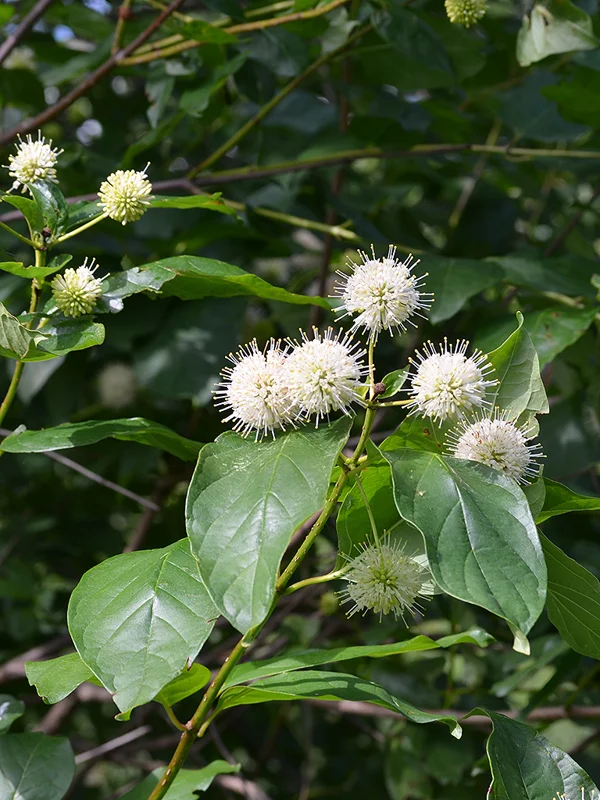
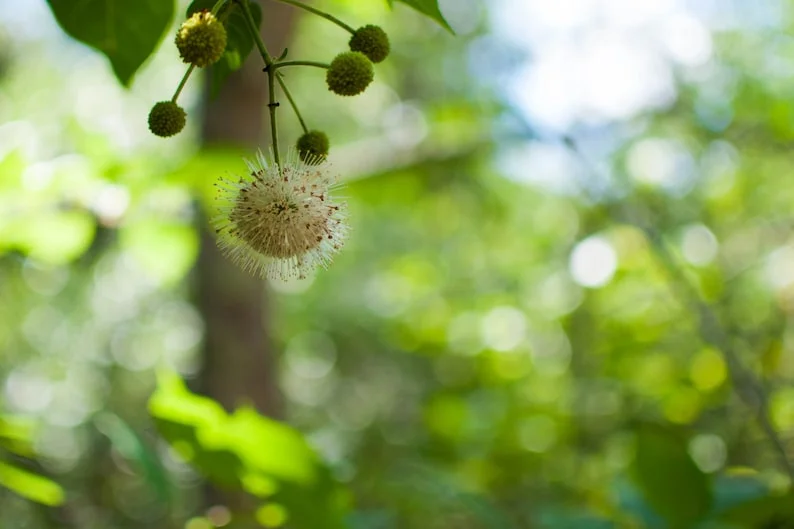
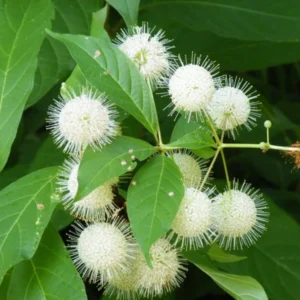
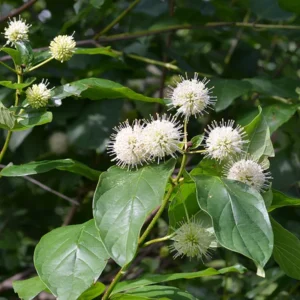
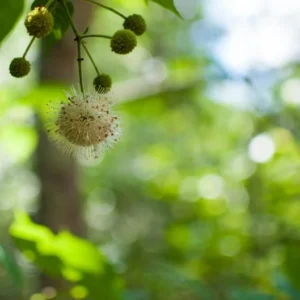
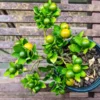
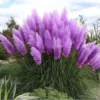


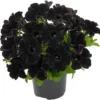
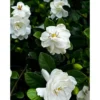
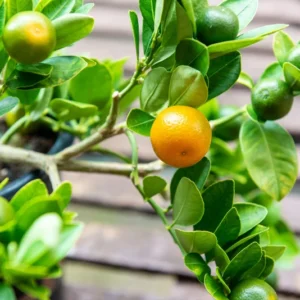
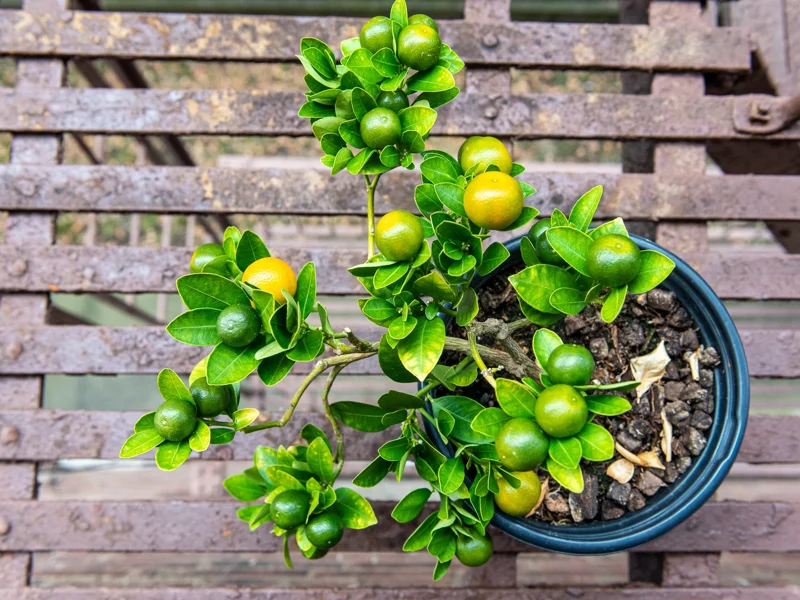
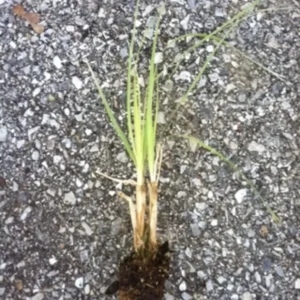
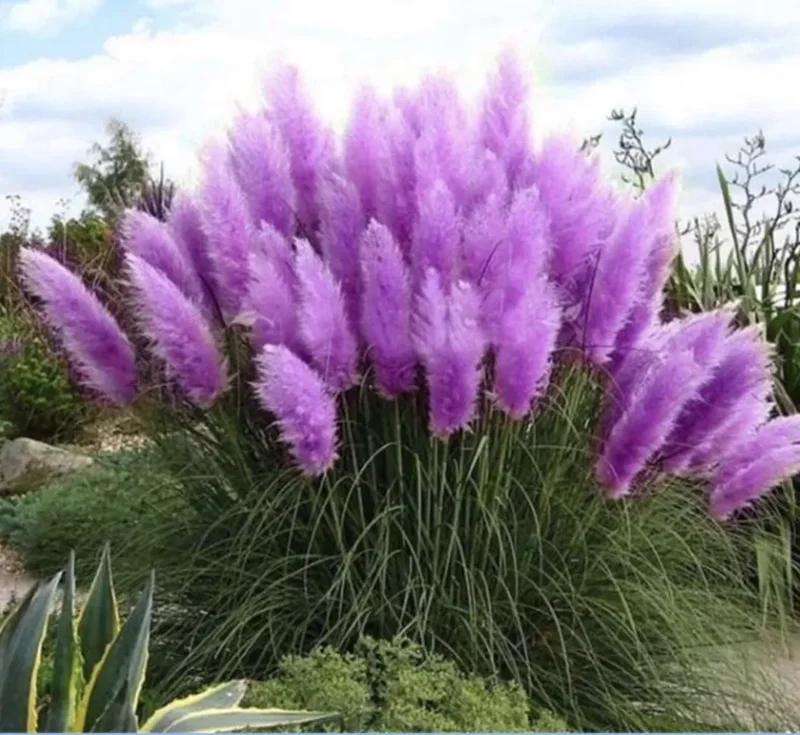
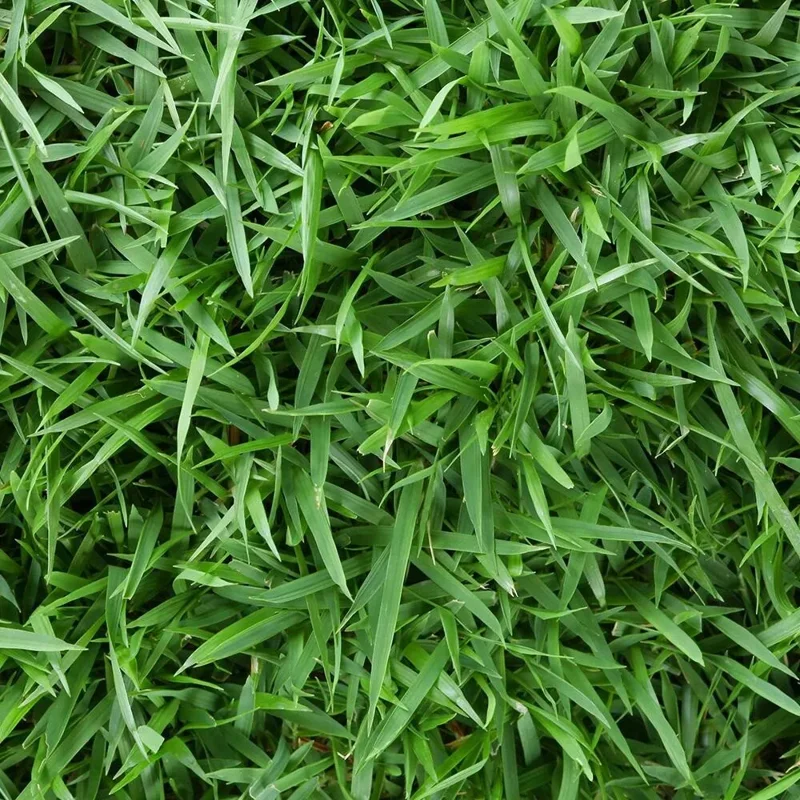


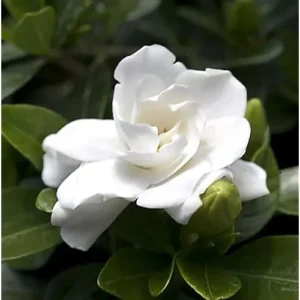
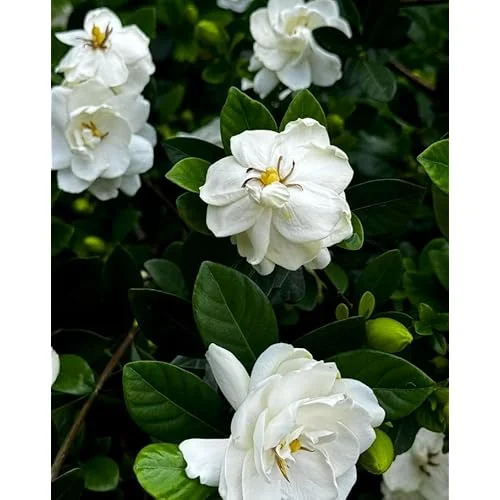
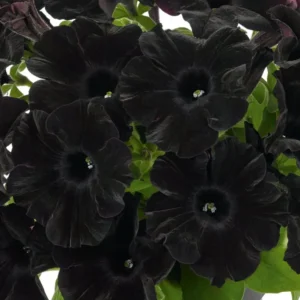
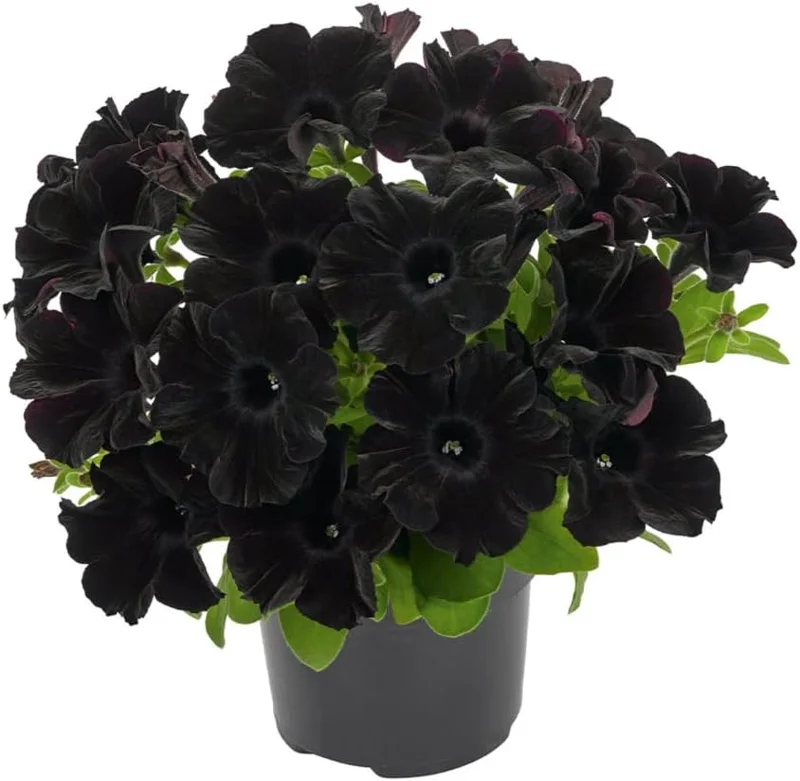
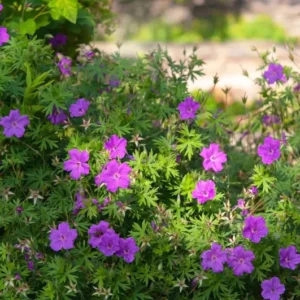
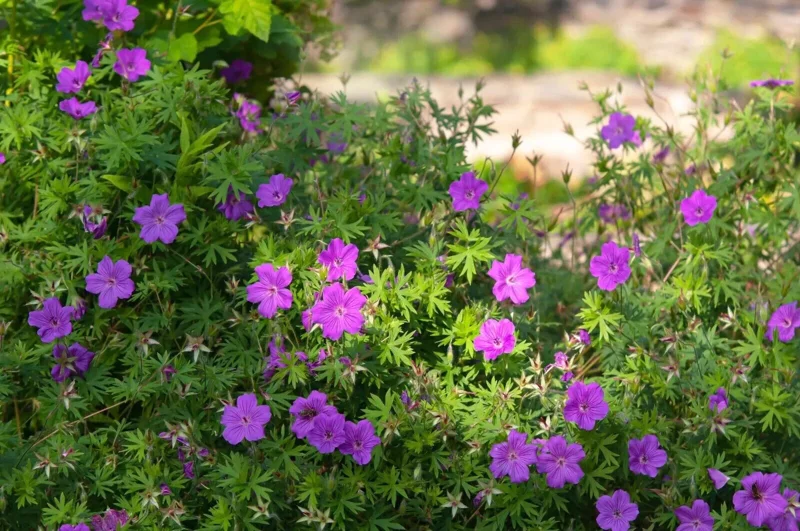

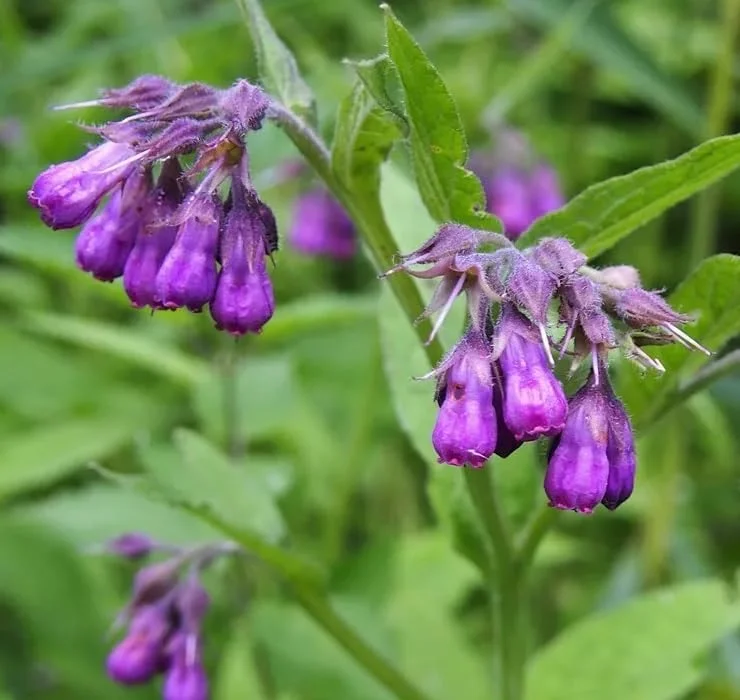
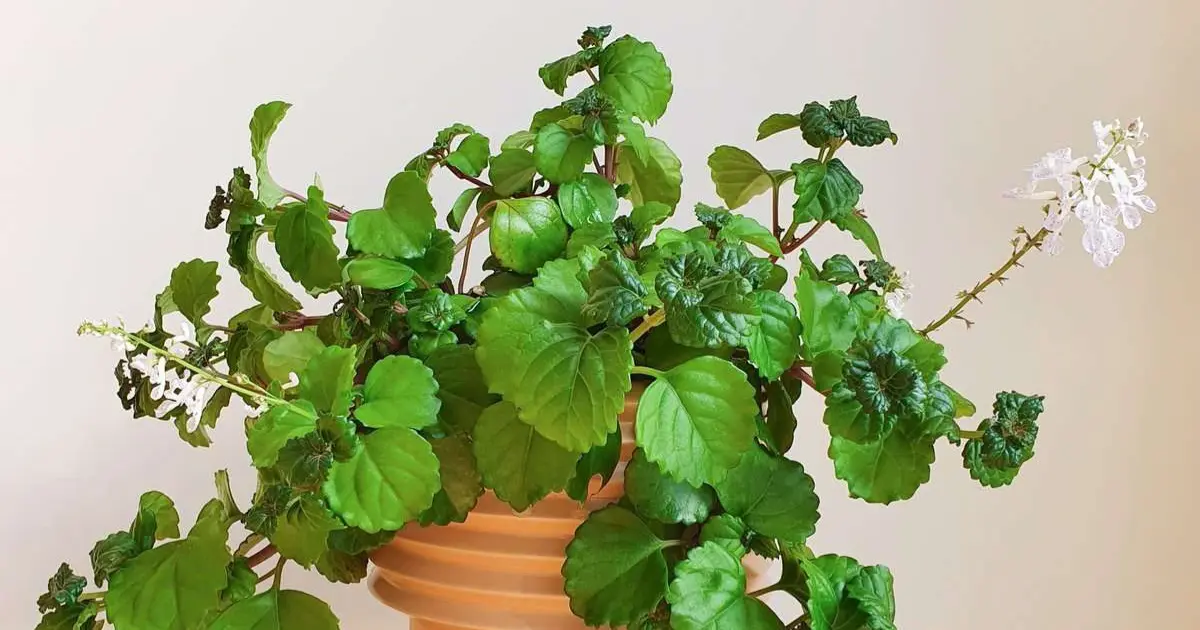
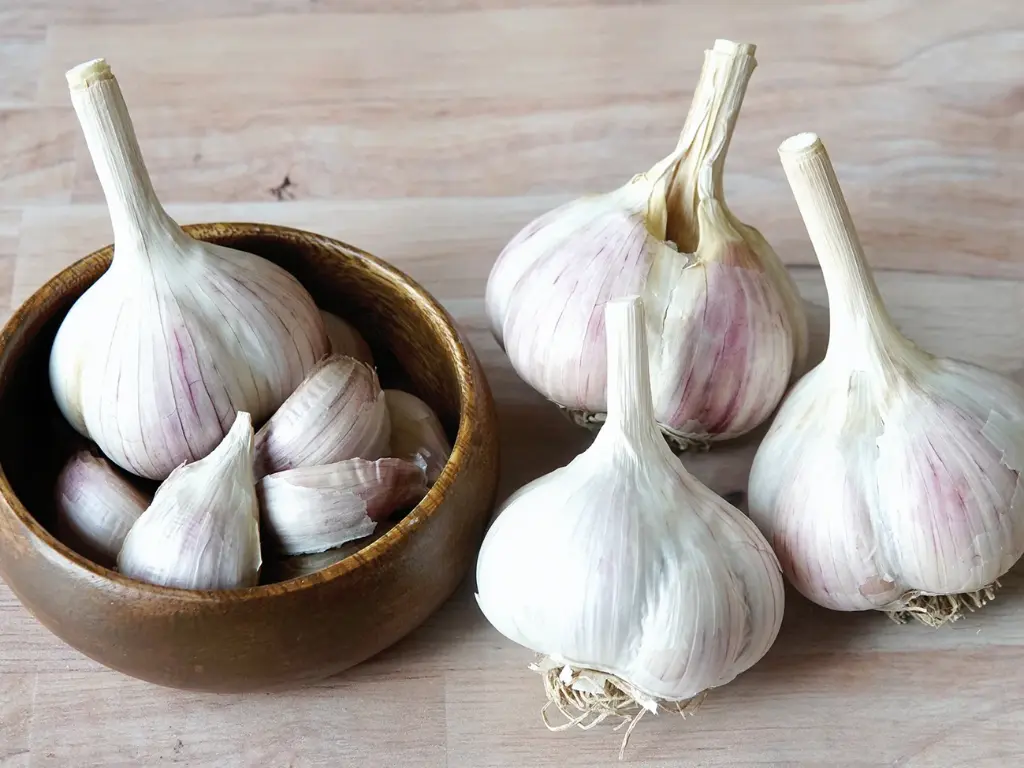
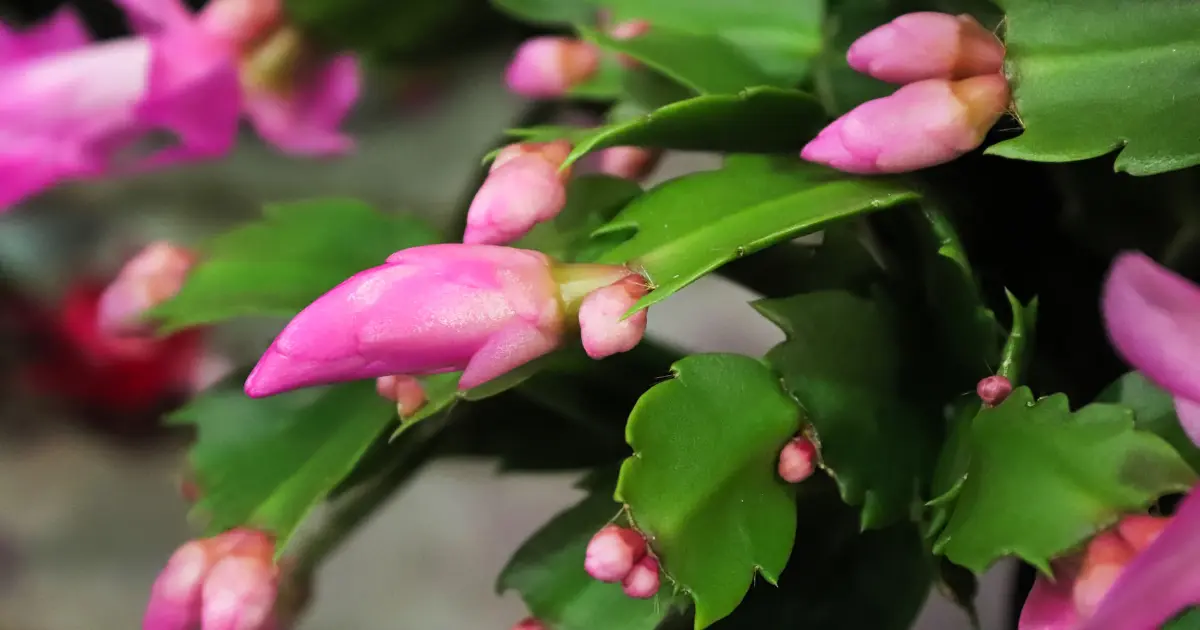
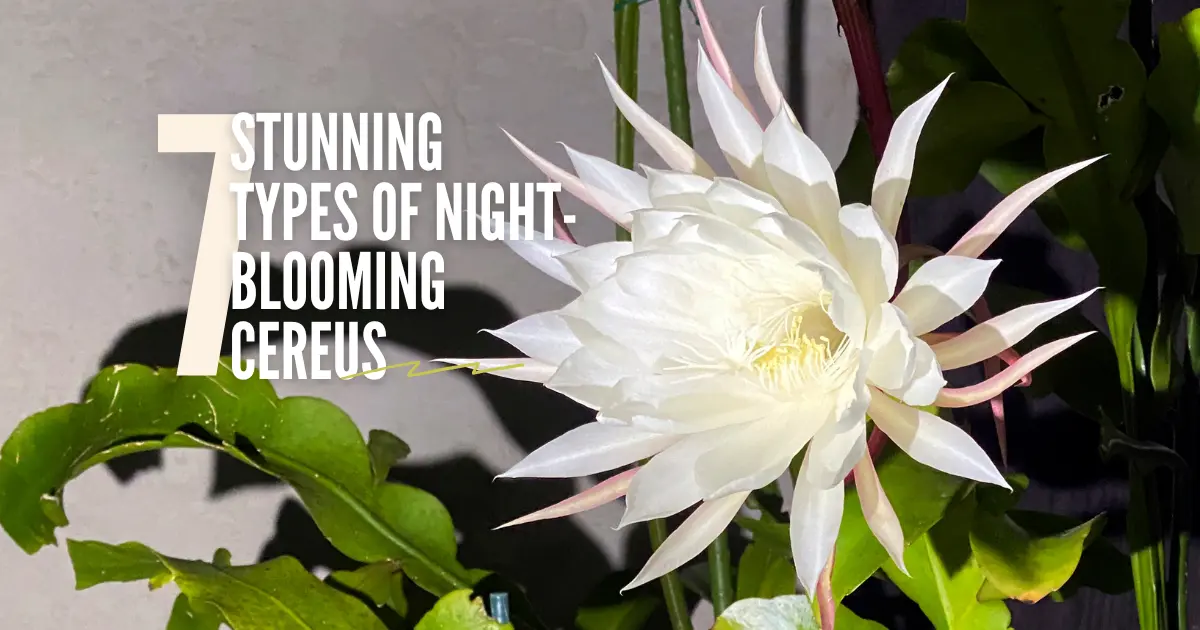
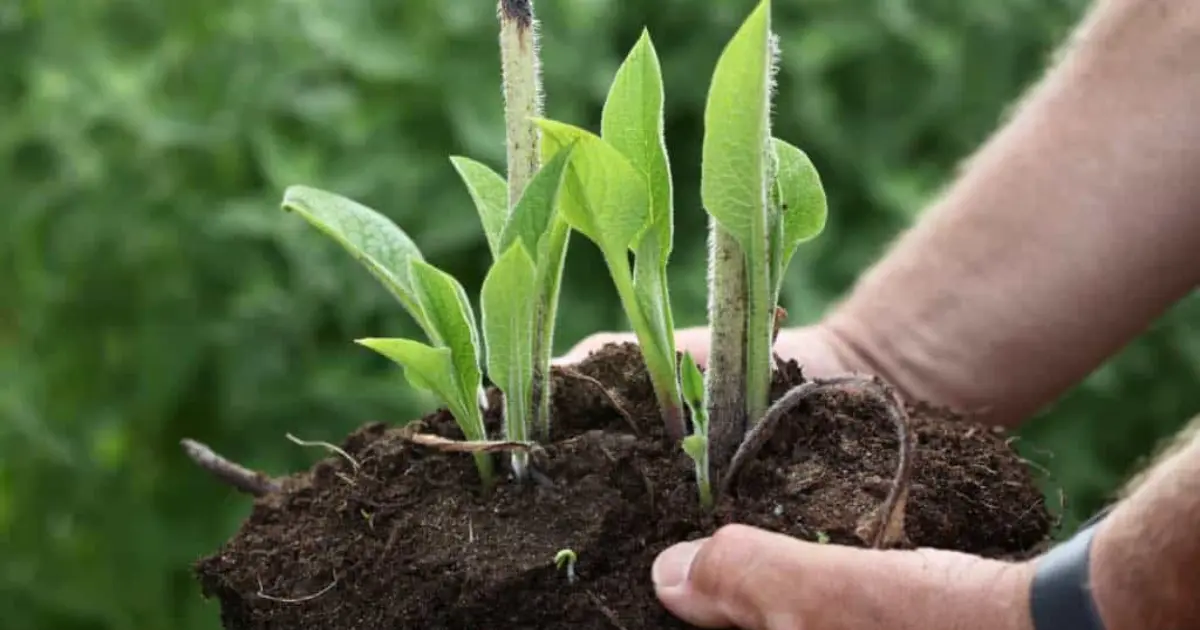
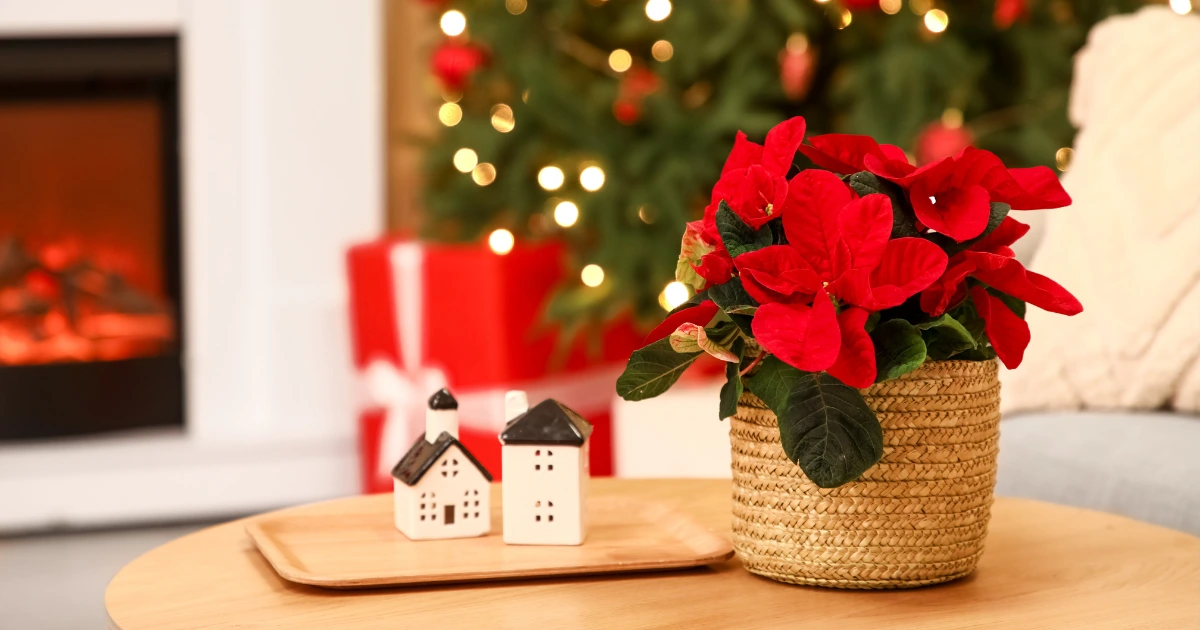
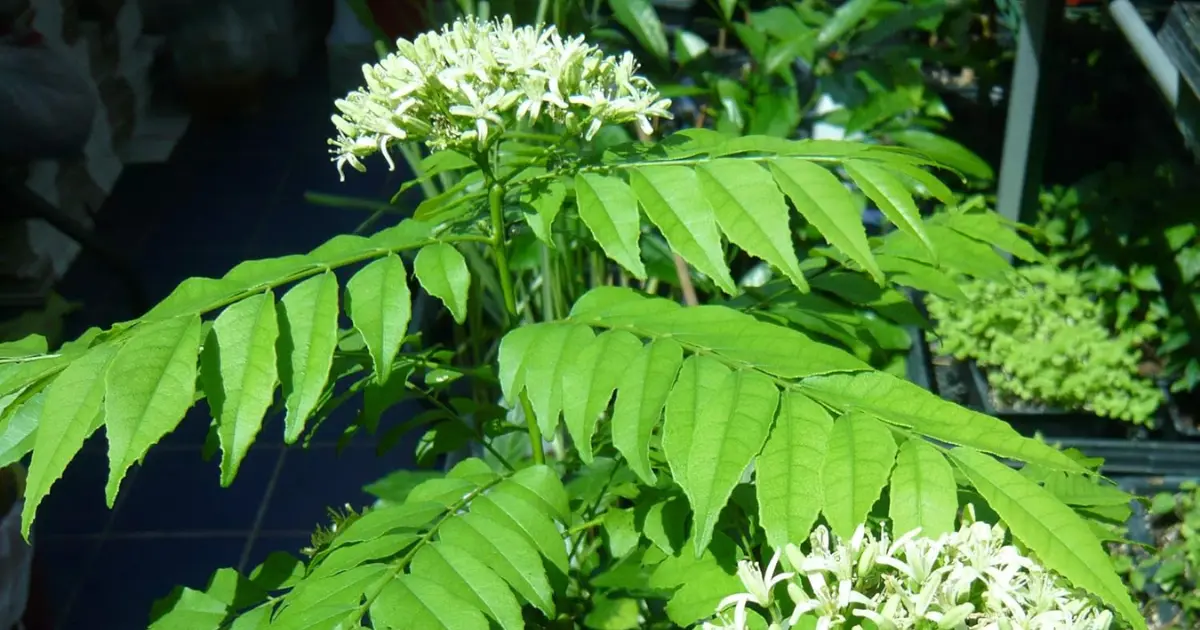
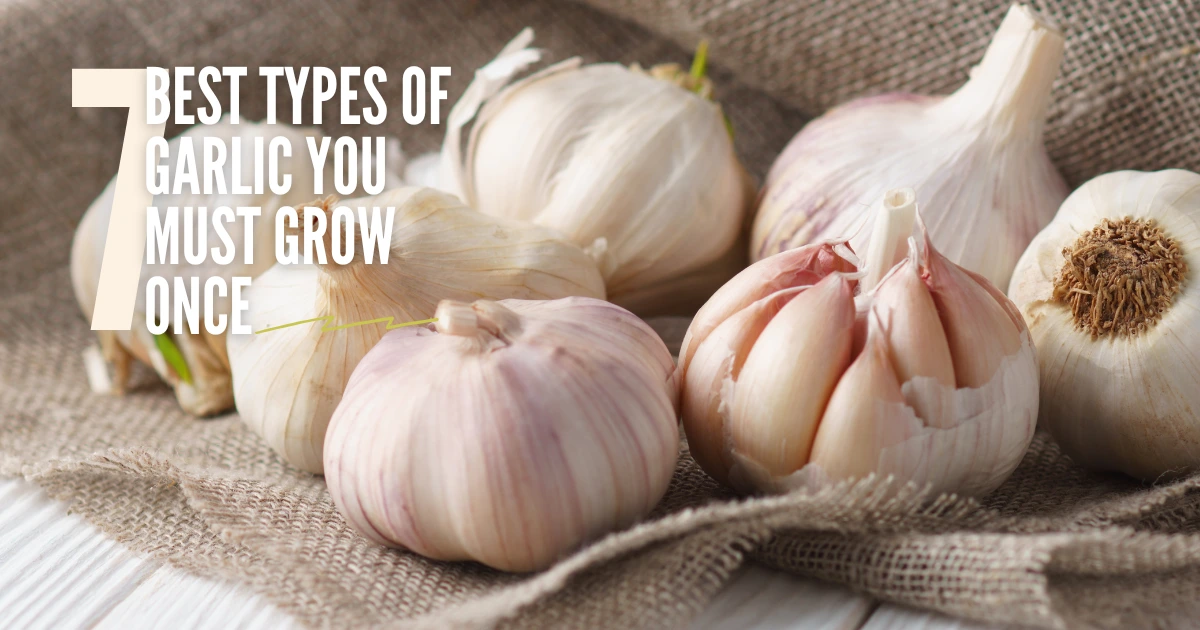
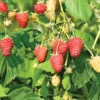
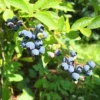
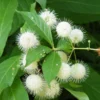
Reviews
There are no reviews yet.